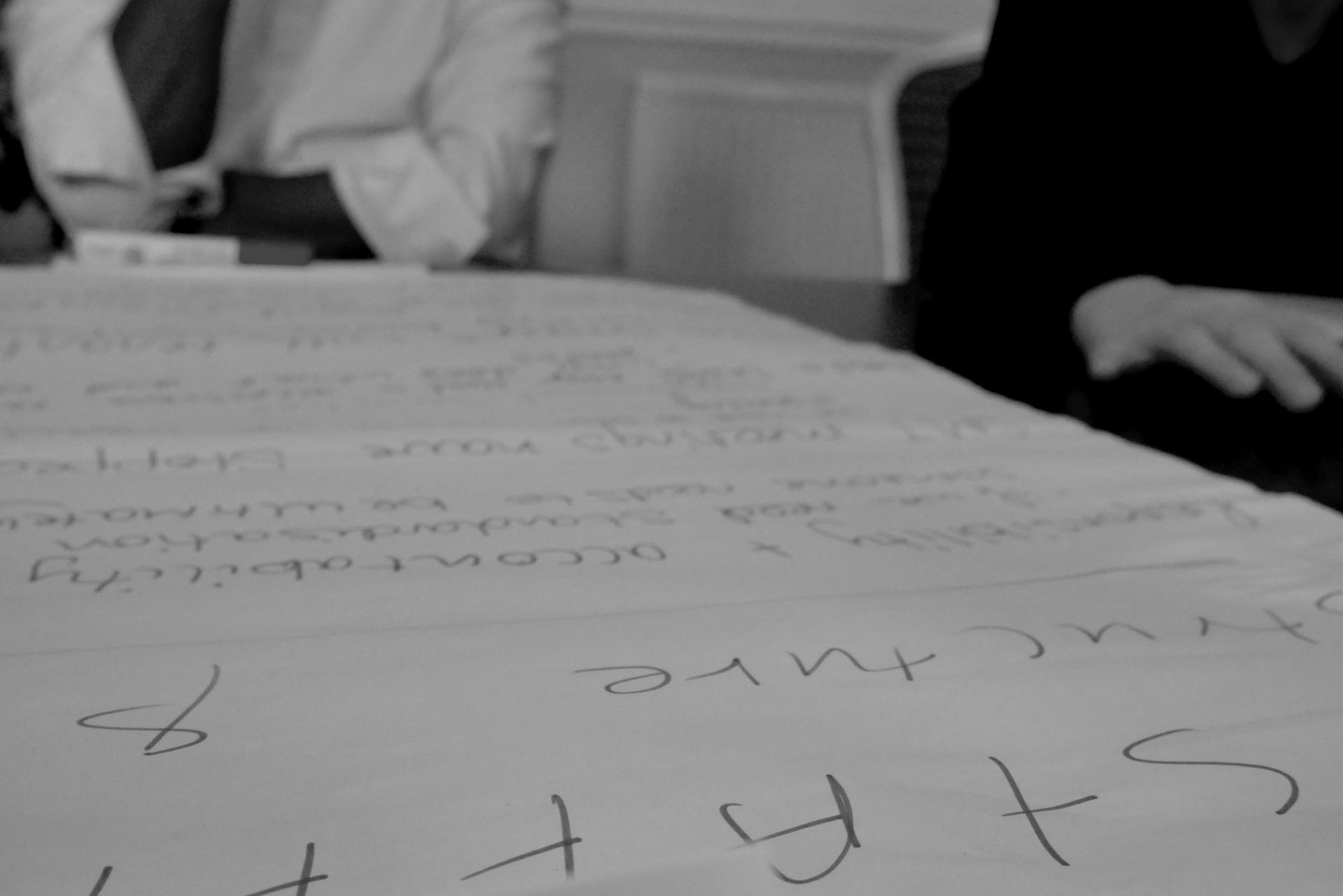
“Agile High Performing Teams”: a team-building marking change
We have been on a 2-day retreat, also known as the Senior Management Team retreat.
During these days, our team were coached to level up their team-working skills and come together to plan the new direction for the company’s structure and activities.
The title itself suggests a very hierarchical type of event, where only a category of people joined because of their roles in the overall company structure.
Quite wrong.
We use terms for function- differentiation, rather than team-segmentation. If anything, ACH is trying to improve on the homogenous structure of the organisation, where people are rewarded for their work contribution rather than their titles.
Let us get back to the retreat:
Day 1
The retreat was titled “Agile High Performing Teams”.
It is this particular type of coaching that the team was given because ACH is making the shift towards an agile and flexible working environment. Having an agile working environment means having the alternative of working from different locations and using this opportunity to our advantage when doing our work. Being agile also means capitalising on the tools, knowledge and space that we have, to achieve the best outcomes for our company goals. But we will share more about this change as we progress, we promise.
The first day was about getting to know ourselves better and discovering our colleagues: their personality, strengths, weaknesses, their approaches etc. This exercise started with a “colour energy” activity. Based on personal assessments, everyone realized which side of their personality traits is dominant and how it can be used best as part of a team. Then we gradually started puzzling our personality roles to the big picture: the company’s activity.
There is a lot of clarity that comes with understanding how people function based on their character; the more activities we had been through- the better we became at trusting the strengths of each member and the better we were at encouraging ourselves to achieve group-goals. We also celebrated our ideas and the unique perspectives we had on the same topics.
We also had our eyes blindfolded. Some of us had their eyes genuinely tied during outdoor activities. Metaphorically, all of us had their eyes tied before coming to this retreat. You may wonder “why?”. With a team that is constantly growing and evolving, most often we get to know the professionals in our colleagues and less so the humans we’re working with. At this retreat, there we were- the humans in us giving their best to be the best professionals and colleagues.
These are all sweet words, so why don’t we tell you what we struggled with.
In terms of teamwork, we struggled a little with coordinating when running across the field and solving anagrams. We struggled to have our eyes tied whilst building tents. Then there was a little more struggle in understanding our colleagues’ descriptions when having to draw an image we’ve never seen. There were enough challenges to let us explore how each of us thinks and align that with our own thinking. The outdoor activities were a lesson of listening, cooperation, interpretation and patience.
Day 2
The second day was a day of strategic thinking and planning. ACH is constantly working to improve the workflow of our stuff and analyse the impact the improvements will have on the communities we work with. We all sat around the table and thought through our activity plan, what we want to achieve, what are the steps that need to be followed to achieve our goals, what needs to be revised and restructured to meet the needs of the new changes and many more aspects. It is about simplifying things whilst also maximizing productivity and efficiency.
But do you know what resonated with all the participants?
The strong will for improvement and development; and the results were visible.
We all returned home to do some more introspection. However, the idea that we want to leave you with is:
There are a lot of tasks to be dealt with and a lot of challenges and people in the way of our activity, but we work hard. We truly want our work to change the lives of others for the better and we will do anything that will make that happen. The best way we can all do that is by improving ourselves and coming together to make these changes.